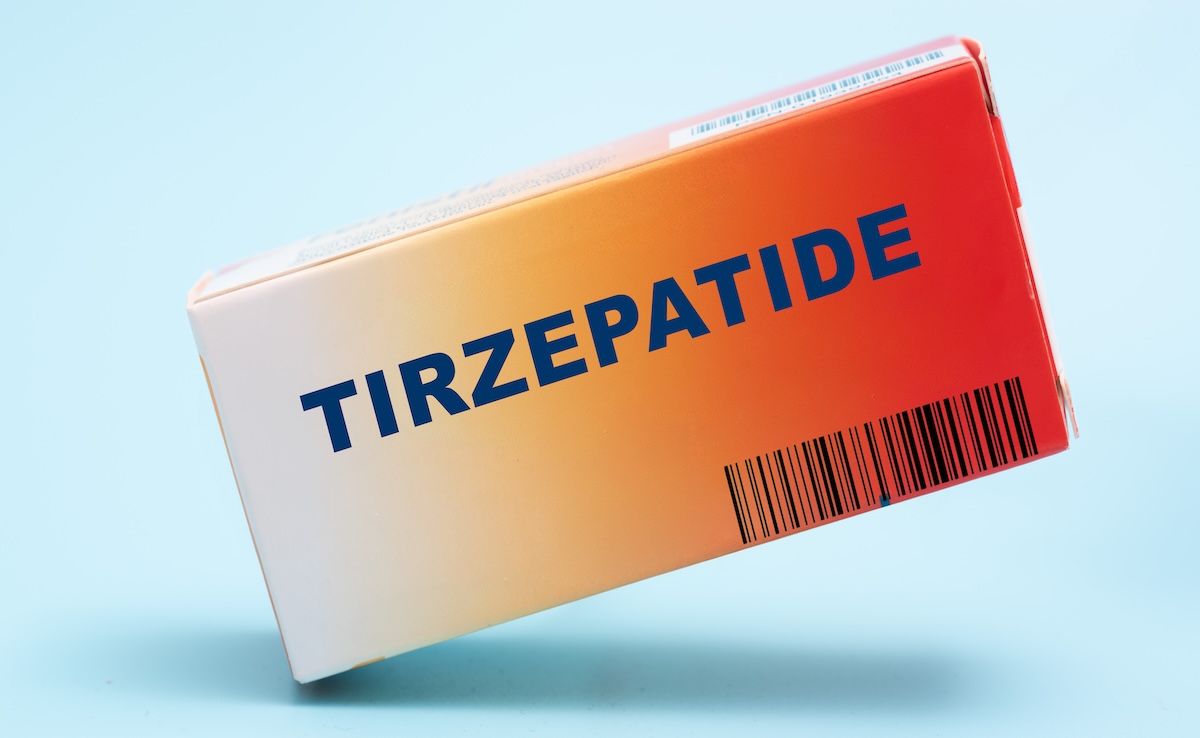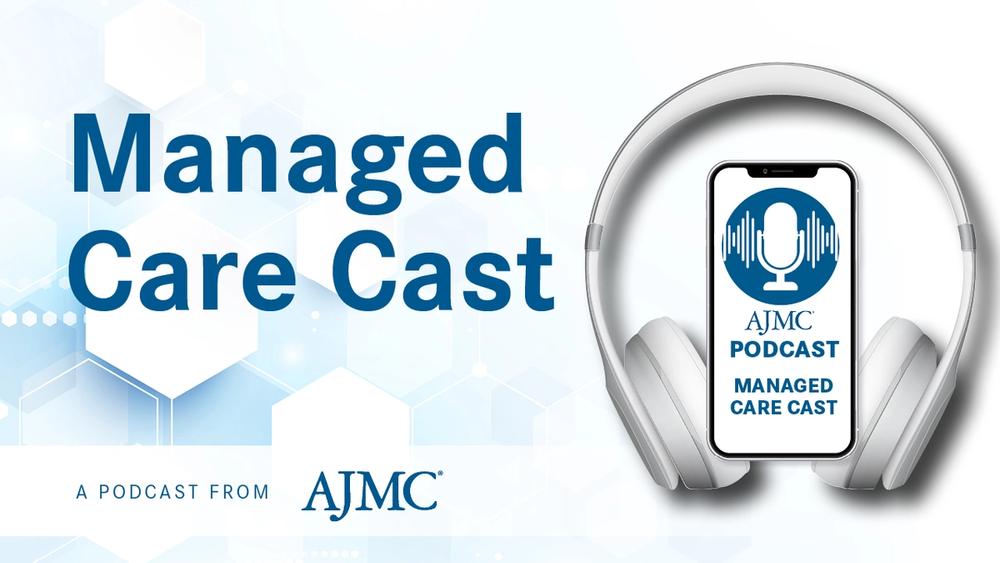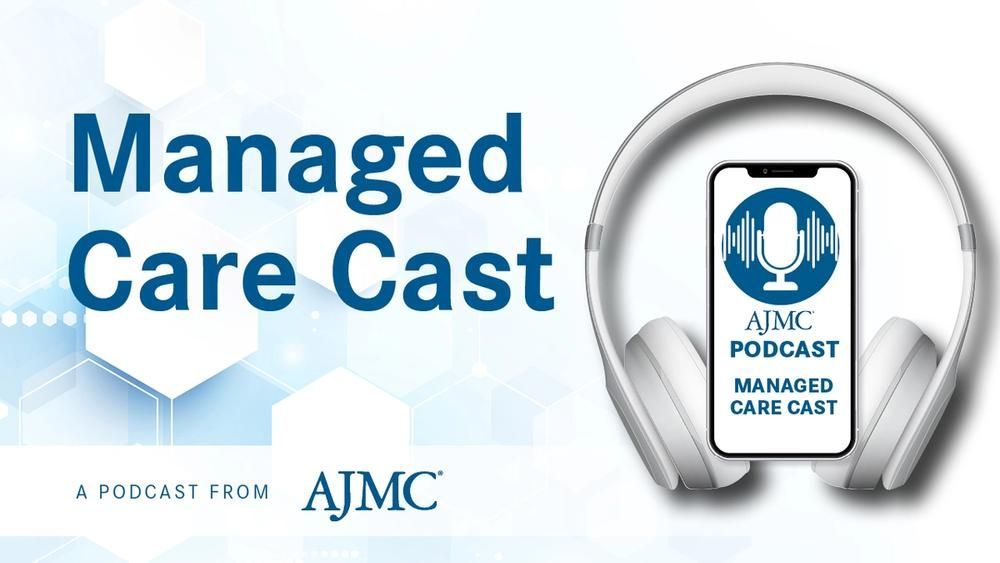News
Article
Tirzepatide Surges, Overtakes Older Drugs in Diabetes, Obesity Care
Author(s):
Key Takeaways
- Tirzepatide's uptake was rapid post-launch, surpassing other GLP-1 RAs and SGLT2 inhibitors, while conventional GLMs like metformin and insulin declined.
- The approval of tirzepatide for type 2 diabetes and obesity management has shifted first-line therapy, impacting research, healthcare costs, and policy.
Tirzepatide is approved for 3 indications in the US: type 2 diabetes, chronic weight management, and obstructive sleep apnea.
Researchers have used the US launch of tirzepatide, a dual glucagon-like peptide-1 receptor agonist (GLP-1 RA) and glucose-dependent insulinotropic polypeptide receptor agonist, as the dividing point to study trends in the use of glucose-lowering medications (GLMs) and weight-lowering medications (WLMs) using commercial insurance claim data.
According to their findings published online today in Annals of Internal Medicine,1 uptake of the only medication to target several incretin pathways—by which the digestive system enhances insulin release and regulates blood sugar levels—was steep following its initial market entry on May 13, 2022.2 So, too, was uptake of GLP-1 RAs alone and sodium-glucose cotransporter-2 (SGLT2) inhibitors (semaglutide, oral semaglutide, liraglutide, and dulaglutide) compared with the decline seen among metformin, sulfonylureas, and insulin—termed conventional GLMs by the study authors—for the period of this study: January 1, 2021, to December 31, 2023.1
First approved as an adjunct to diet and exercise to improve glycemic control among adults diagnosed with type 2 diabetes (T2D),2 tirzepatide has since been approved for chronic weight management3 and obstructive sleep apnea in adults with obesity.4 At present, it remains the only FDA-approved medication in the US that targets several incretin pathways in the settings of T2D and obesity management.1
“Research efforts evaluating the evolving trends in utilization of GLMs and WLMs are critical to inform patients and providers, evaluate and forecast shifts in clinical practice, and enhance responsiveness of guidelines and public health policy to the increasingly multifaceted and dynamic needs of persons with T2D and/or obesity,” the study authors wrote.
Patient Outcomes: GLMs vs WLMs
These were reported and compared between 2 cohorts of adult patients for the study period: those who had pharmacy dispensing claims for a GLM and T2D diagnosis or those who had pharmacy dispensing claims for any WLM and no T2D diagnosis or treatment (ie, sulfonylureas, insulin, thiazolidinediones, dipeptidy-peptidase-4 [DPP-4] inhibitors, or other GLMs [α-glucosidase inhibitors, meglitinides, and pramlintide]). Trends were delineated for any use and incident use.
For the GLMs, the study investigators included metformin, SGLT2 inhibitors, sulfonylureas, insulin, thiazolidinediones, DPP-4 inhibitors, tirzepatide, GLP-1 RAs, and other GLMs; for the WLMs, benzphetamine, diethylpropion, phendimetrazine tartrate, phentermine, 3.0-mg liraglutide, 2.4-mg semaglutide, naltrexone–bupropion, orlistat, and phentermine–topiramate.
Tirzepatide had indications in the US for type 2 diabetes, chronic weight management, and obstructive sleep apnea in adults with obesity, and itremains the only FDA-approved medication to target several incretin pathways in the settings of T2D and obesity management. | Image Credit: © luchschenF-stock.adobe.com

At baseline, there were more adults with T2D and any GLM use vs T2D and incident GLM use (1.8 million vs 1.3 million) overall, and among them, metformin was the most initiated therapy (31.5%). Four percent initiated tirzepatide, and these patients were slightly younger (58 vs 66 years). Patients with incident use, however, often had a higher body mass index and lower hemoglobin A1c and were less likely to have a comorbidity that included hypertension, hyperlipidemia, coronary artery disease, and chronic kidney disease vs incident users of other medication classes.
In addition, there were 92,314 adults without T2D but with use of any WLM and 90,754 without T2D and incident WLM use. Overall, these patients were younger (54 years), and many more were female patients vs the GLM users (78.6% vs 49.2%), but they had similar clinical profiles compared incident users of medications approved for T2D (older age and obesity-related complications). Semaglutide 2.0 mg was the most initiated medication (34.0%) vs 16.1% who initiated tirzepatide.
Any use of tirzepatide jumped to 12.3% of all GLM use by December 2023, while SGLT2 inhibitor and GLP-1 RA use rose from 14.5% to 24.4% and 19.5% to 28.5%, respectively, between January 2021 and December 2023. Metformin and insulin stayed the most-used GLMs even though any use of them fell throughout the study period. These trends were also seen in incident users of GLMs, with metformin use falling from 30.4% to 19.1%, while use of SGLT2 inhibitors, GLP-1 RAs, and tirzepatide rose from 12.7% to 20.7%, 13.1% to 18.4%, and 0.0% to 16.8%, respectively.
Among the patients with any WLM use, semaglutide 2.0 mg was most often dispensed, and during the study period, its use jumped from 37.8% to 45.7%; in comparison, use of tirzepatide and semaglutide 2.4 mg also rose, but by significantly greater proportions: from 0.0% to 40.6% and 0.0% to 32.2%, respectively. Use of all other WLMs declined over the study period, the authors noted, and by year-end 2023, 31.1% of all incident WLM claims were for tirzepatide—meaning it had surpassed semaglutide 2.0 and 2.4 mg.
Conclusions
Overall, compared with other GLP-1 RAs post approval, tirzepatide’s uptake was not only sustained, but twice as great among incident users with T2D when the goal was to lower glucose, and the results trended similar when the goal was instead weight loss. However, GLP-1 RA and SGLT2 inhibitor use still rose dramatically over the study period.
The authors’ findings echo previous research on uptake and use of these medications, while highlighting just how quickly the markets for them can change—even when comparing outcomes with previous nationally representative data.1,5,6
“Of note, more than 1 in 5 tirzepatide initiations occurred in the absence of background GLMs,” they wrote. “This, combined with declining metformin use, may also signify marked shifts in first-line therapy for T2D in the US and has important implications for research, cost of care, and health policy.” They added that medication shortages during their study may have also played a role.
Limitations on their findings include potential for misclassification of diabetes status, exclusion of certain weight loss medications indicated for other uses, no evaluation of concomitant use of generic naltrexone and bupropion, and lack of data on treatment adherence, medication sequencing, and dosing.
References
1. Ostrominski JW, Ortega-Montiel J, Tesfaye H, et al. Trends in utilization of glucose- and weight-lowering medications after tirzepatide approval in the United States. Ann Intern Med. Published online April 14, 2025.
2. FDA approves Lilly’s Mounjaro (tirzepatide) injection, the first and only GIP and GLP-1 receptor agonist for the treatment of adults with type 2 diabetes. News release. Eli Lilly; May 13, 2022. https://investor.lilly.com/news-releases/news-release-details/fda-approves-lillys-mounjarotm-tirzepatide-injection-first-and
3. FDA approves new medication for chronic weight management. News release. FDA; November 8, 2023. Accessed April 11, 2025. https://www.fda.gov/news-events/press-announcements/fda-approves-new-medication-chronic-weight-management
4. Joszt L. Weight loss drug tirzepatide now approved for sleep apnea in adults with obesity. AJMC®. December 20, 2024. Accessed April 11, 2025. https://www.ajmc.com/view/weight-loss-drug-tirzepatide-now-approved-for-sleep-apnea-in-adults-with-obesity
5. Hegland TA, Fang Z, Bucher K. GLP-1 medication use for type 2 diabetes has soared. JAMA. 2024;332(12):952-953. doi:10.1001/jama.2024.18219
6. Fang M, Wang D, Coresh J, Selvin E. Trends in diabetes treatment and control in U.S. adults, 1999-2018. N Engl J Med. 2021;384(23):2219-2228. doi:10.1056/NEJMsa2032271





